Who Needs Rest and Relaxation on Vacation?
8 min read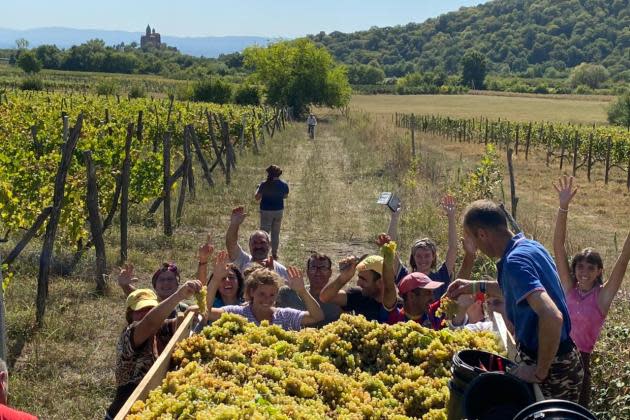
Is the quintessential “just counting down the days to the lazy beach vacation” about to become extinct?
Many travelers’ preferred transportation and more unpredictable tastes seem to be the antithesis of that.
More from WWD
Slow travel is taking hold, whether that be through weeklong overnight train journeys, extended stays that can patch in “workcations” and “hush trips,” spartan accommodations, deep-freeze destinations and volunteer opportunities. Those with ample time and savings to burn can indulge in Royal Caribbean’s “Ultimate World Cruise,” a 274-night excursion through more than 60 countries. Another operator, Hurtigruten, a long-form travel specialist, has seen nearly a 1,000 percent increase in departures compared to 2009. The company serves up extended, slow travel along the Norwegian coast that is more interactive and exploratory than sightseeing. Hurtigruten offers expeditions in more than 30 countries with cold-climate trips to Greenland, Antarctica and the Arctic being of particular interest.
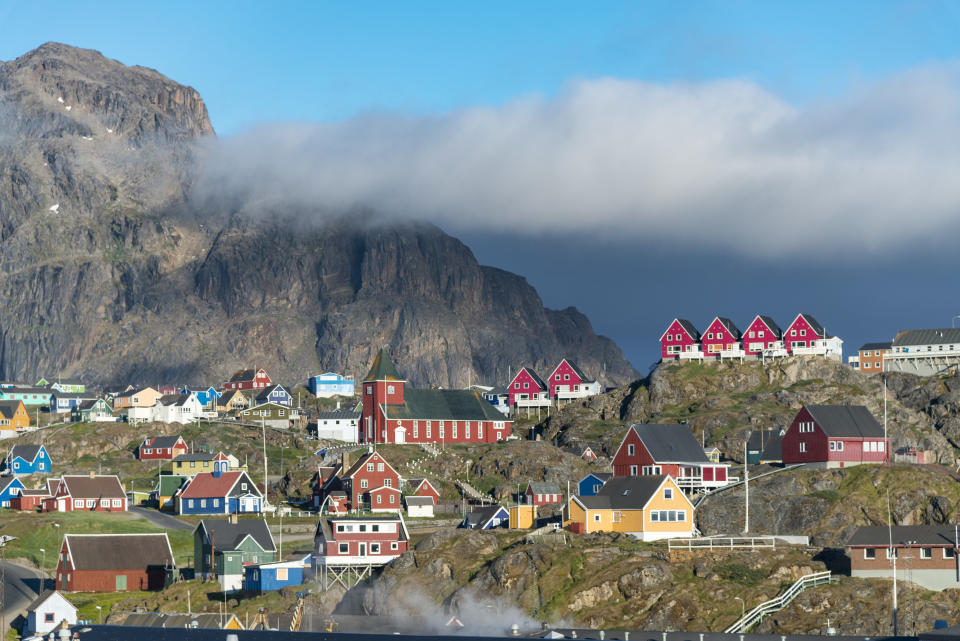

While Hurtigruten offers “Grand Expeditions” from the Arctic to Antarctica that range from 23 to 97 days, its top-seller in the Americas is the 12-day “Highlights of Antarctica” expedition. Sailing the Northwest Passage is not for the sea-wary and only a few thousand people make the journey each year, due to demand and capacity. Hurtigruten’s route takes up to 27 days and can be aboard a vessel named for explorer Roald Amundsen, who led what amounted to a three-year undertaking that culminated in the first successful crossing in 1906.
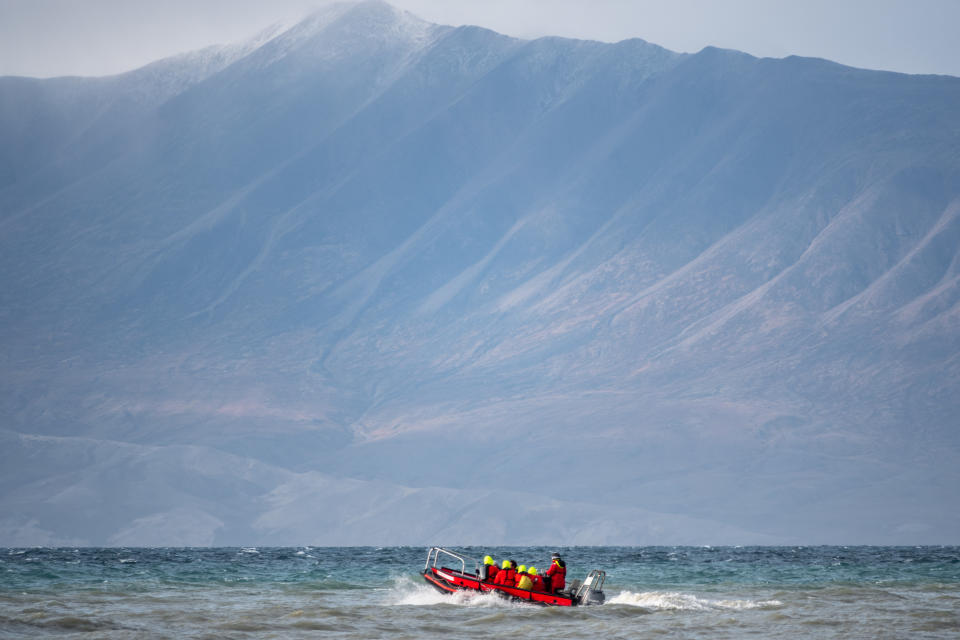

Other adventurers and crowd-averse travelers are taking unconventional routes, like boarding a passenger freighter for a specialty cruise instead of checking into luxury resorts. Maris Freighter Cruises touts itself as, “The pace is relaxed. The mood is informal.” Another operator, Cargo Partner, is seeing “a clear upward trend” in passenger interest for trips that can start at 540 euros for the lengthy 112-day Genoa-China-U.S. voyage for 9,520 euros. Although with no doctor on board, deviation insurance is highly recommended.
Others aren’t charting any courses whatsoever for their down time, and are counting on operators like Pack Up + Go and Whym for surprise trips to 300 less-traveled U.S. cities like Hocking Hills, Ohio; Sturgeon Bay, Wis.; and Bentonville, Ark., with day-of destination reveals. As a champion of small businesses, Pack Up + Go’s founder Lillian Rafson started the company in 2016 to even out the economic benefits of tourism to lesser-visited national destinations and 43,000 travelers have helped do so to date. She had discovered the surprise travel concept, during a solo jaunt in Eastern Europe. Plane trips, road trips and outdoor road trips are within reach via Pack Up + Go. Whym users specify nights, budget and preferences based on a survey. A week before, travelers get the 10-day forecast for their trip, and 24 hours before, they learn what time and where they will be departing from. Whym travelers are informed of their destinations two to three hours before their departures.
Others are covering tracks by hitting the hills with their own two feet such as National Geographic explorer and Pulitzer-winning journalist Paul Salopek, whose “Out of Eden Walk” across the globe is being followed by 118,000 on Instagram. More manageable walks are led by tour operators like Walk Japan. So what gives? Founder Paul Christie has witnessed the increasing appeal of slow travel and interest in the company’s longer treks. Summing up other popular elements of slow travel, he says that taking the train allows for more friendly conversation with fellow passengers whether they be high schoolers, grandmothers or parents. “Long stays give you a better taste of any destination that you are going to. Accommodations that represent the local audience work best. And certainly, volunteering is a thing now. We have had loads of people [do that] who will come and work with us for six months,” Christie says.
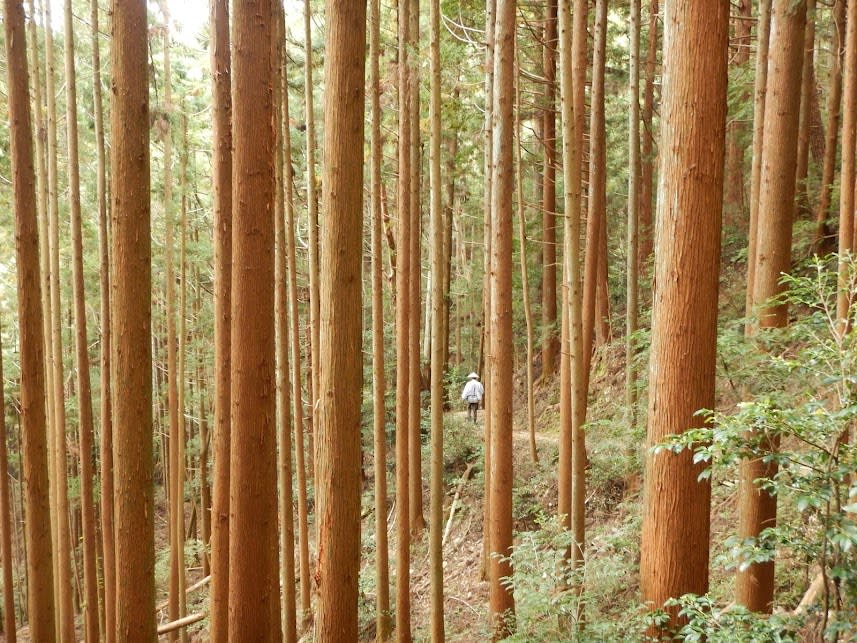

Walk Japan patrons also have different preferences, like the 11-day Nakasendo Way. “Walks depend on what they feel like at that time. Some people walk better than others, but that doesn’t matter. You might walk miles a day, or maybe you just want something that’s enjoyable at a slower pace,” Christie says. “Normally, most of us are sitting on our backsides each day looking at a computer. When we’re vacationing, we don’t want to be on our backsides. We want to move around a bit, explore a bit and absorb a bit. That’s why this sort of tourism is becoming more and more popular. That’s certainly the case for us.”
And more tourists are heading out globally. Last year international tourism arrivals reached 88 percent of pre-pandemic levels, and this year they are expected to not only fully recover, but also increase by 2 percent compared to 2019, according to the United Nations World Tourism Barometer. And apparently some don’t mind packing an extra sweater or fleece, considering chillier countries Iceland and Denmark ranked among last year’s 10 top European destinations. Frigid Antarctica drew a record 100,000-plus visitors last year, a concerning number for some environmentalists. Interest has spiked partially due to Antarctica-bound TikTok influencers like @mattykjordan and @austincarter642, as well as videos related to trips to Antarctica. Videos related to Visit Antarctica alone had drawn 336.4 million views as of Feb. 7.
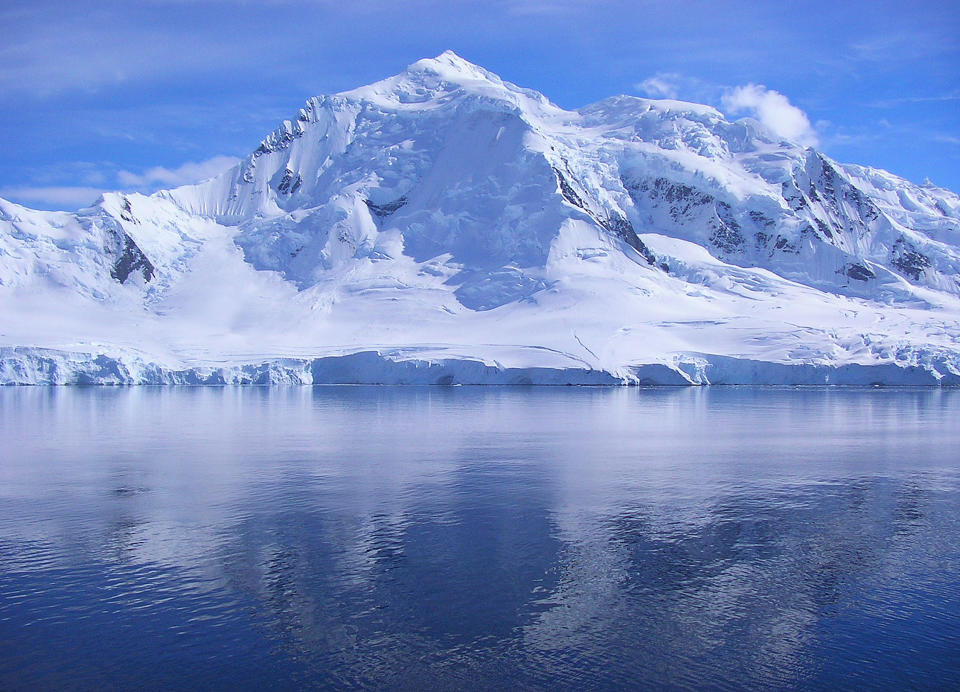

“Coolcationing,” traveling to chilly locales when the temperature is low, is one of the top 10 travel trends for 2024 that has been pegged by Condé Nast Traveler. Cooler locales often have more affordable excursions, too, such as Norway’s Rodne Fjord Cruise, a half-day outing that costs about $80.
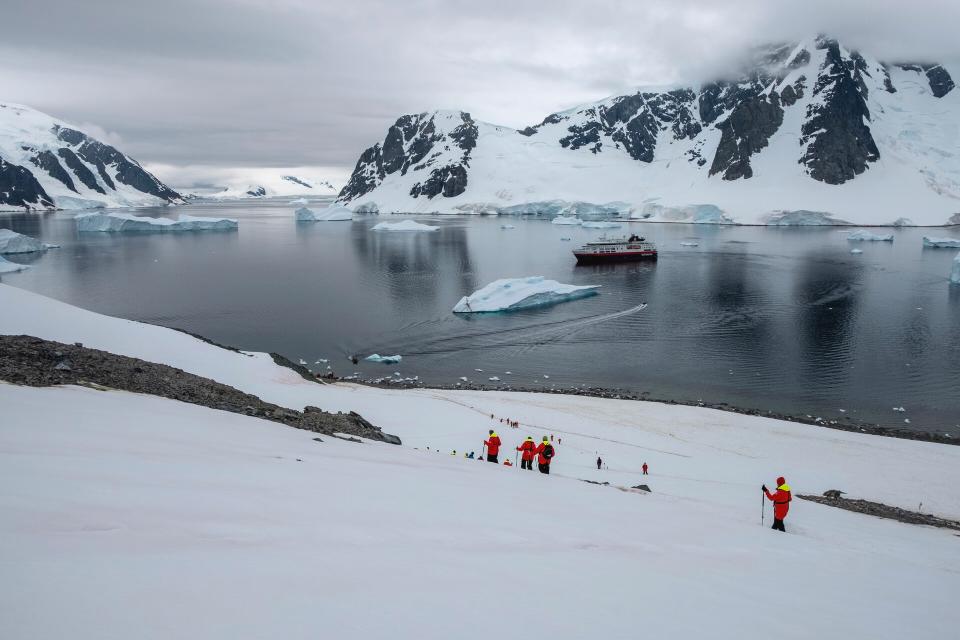

Travel influencer Murad Osmann, who also leads Travel Awakened tours, agreed that slow travel is on the rise. On a recent tour of Nepal, his group drove eight hours to another city rather than take a flight. During their walking tour of monasteries, they stayed in local houses where locals prepared meals for them. In keeping with that scaled-back pace, an upcoming trip to Peru will involve more train travel. “We feel that after COVID, luxury has been redefined. People don’t value five-star hotels as much as they did before. They value the emotions and memories that these trips give them,” says Osmann.
Some crowd-weary vacationers and climate-minded ones are counting on trains instead of planes to get them to their ports of call. Evening routes are becoming more popular, due partially to protecting the planet and keeping personal expenses down. European Sleeper’s Brussels-Amsterdam-Berlin night train has been a popular route with 30,000-plus passengers since it was introduced last May. The company will extend its service to Dresden, Germany; and Prague in late March with two other European cities — Paris and London — only being a transfer away in Brussels.
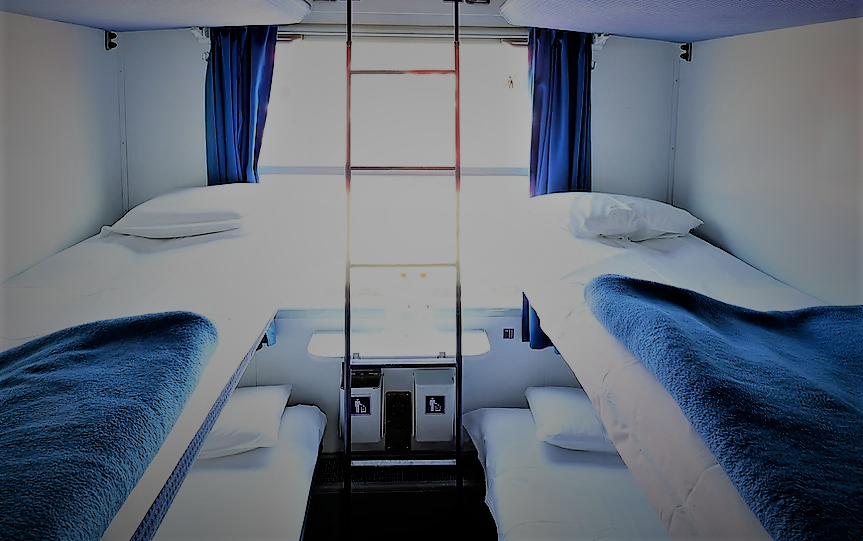

Airport and crowd avoidance, more room for luggage and sports equipment, roomier seating, bar cars and flight shaming are some of the incentives for train travel, according to Mariella Salerno, European Sleeper’s marketing and communications manager. In addition, the European Union is promoting cross-border travel among its member states, and its support of European Sleeper’s plans to develop a Brussels-Barcelona route next year is one example of that, she adds.
Austria’s state-owned ÖBB is seeing “a boom in night travel,” with most trains being nearly fully booked and sleeping cars being spoken for weeks in advance, according to media relations representative Bernhard Rieder. Last year, 1.5 million passengers hit the rails on its sleeper trains. With a six-year 790 million euro investment for new trains and the refurbishment of existing cars in place, the operator will add 33 new night trains starting later this year. In December, ÖBB debuted night trains connecting Vienna, Germany, Italy and the Netherlands.
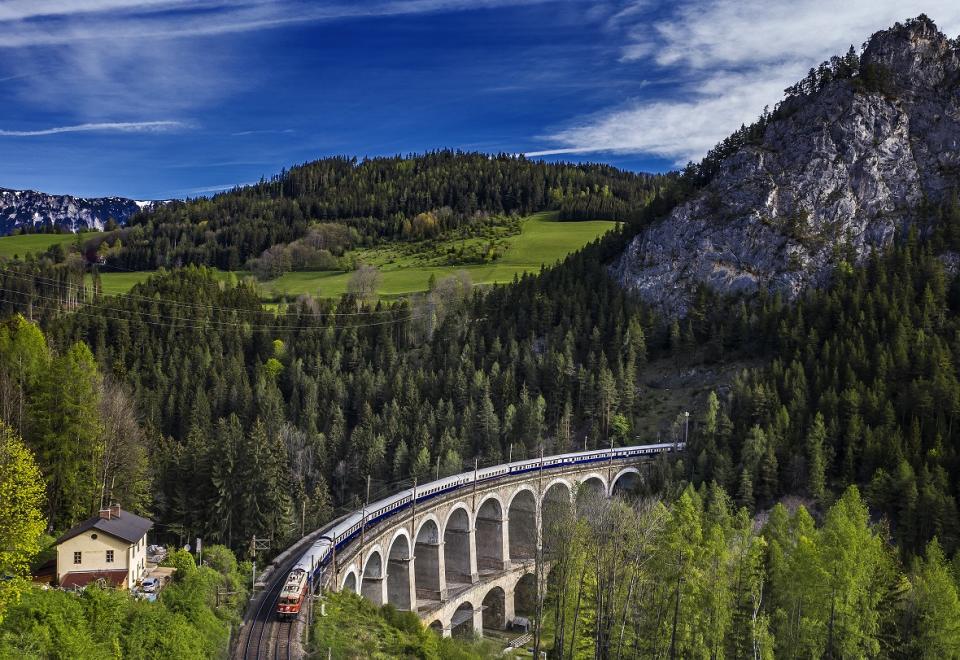

In its 30-year history, Golden Eagle Luxury Trains, a U.K.-based third generation family-owned business, has been reeling in travelers, including many who are stretching out their time away by linking cruises to multiday train trips. Its core business comes from the American market, including alumni groups from Yale, Stanford and Harvard universities with study leaders aboard. An eight-day trip between Paris and Istanbul ($17,595 a person) will debut next year. Golden Eagle’s 12-day Venice-Istanbul ($18,495 a person) and 14-day “Republics of the Silk Road” are favorites, says Ian Lomas, head of sales and marketing.
Less predictable accommodations and no-frills getaways are gaining ground too. But spartan accommodations don’t have to mean drafty and dreary, as evidenced by such design-centric locales as Tokyo’s Nadeshiko Hotel, Norway’s Manhausen Island Resort, the Czech Republic’s Contain Hotel and Spain’s Hotel Aire de Bardenas. Those looking for more glamping than U.S. National Parks’ style camping have such options as New York’s Getaway House, California’s Blue Sky Center, Big Sur’s Treebones and Canada’s Free Spirit Spheres. There is also the Artikul Architects-designed Contain Hotel, a mobile hotel made from used shipping containers.
There is a different kind of “Slowness” movement that is underway. Design Hotels’ founder Claus Sendlinger is part of the collective “Slow,” a group of people, places and projects that aim to reframe how we live and interact. Slow’s Tulum Treehouse, for example, has an open-air kitchen to encourage the exchange of ideas, and La Granja Ibiza is a zero-waste farmhouse retreat. This year a 19th-century Prussian neo-Gothic manor house with a historic gymnasium and plant-filled solarium for private events is slated to open outside of Berlin. Another Slow-backed project is Flussbad, which will include an academy, a library, a restaurant, hotel and a performing space designed by architect Monika Gogl.
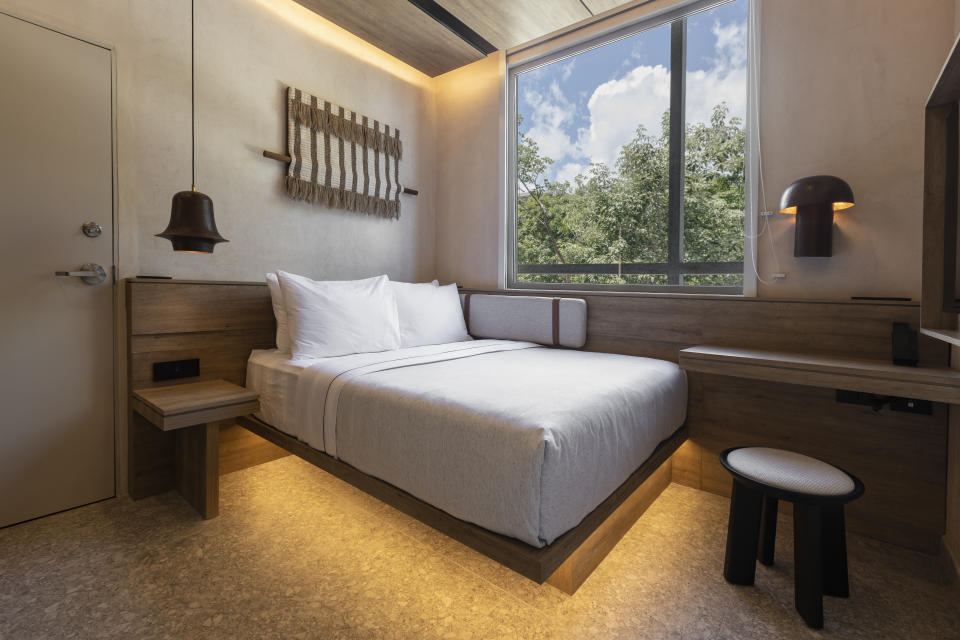

International chains are stepping into the trend, too, as evidenced by the footprints of Yotel and Marriott’s Moxy outposts. And Motto by Hilton, which currently has seven hotels including in Tulum, Mexico; New York City; and Rotterdam, Netherlands; plans to add a location in Bentonville, Ark., and a Hong Kong outpost this year. The compact rooms range from 165 to 220 square feet. Another relative newcomer is Moliving, a nomadic luxury group, that has strategic alliances with Tesla’s Renewable Energy Solutions division and PwC’s ESG division to preserve the environment. Moliving plans to unveil its Hurley House, a 60-suite self-sustainable property, in the Hudson Valley this year.
Several years ago the Ritz-Carlton pioneered a new amenity by offering at least one volunteer option, such as planting palm trees. As more consumers want to weave purposefulness into their travels, some operators are seeing an uptick in interest. Hands Up Holidays, which specializes in volunteer vacations, booked 62 trips last year versus six the year before. New options include creating solar heating for families in Argentina, working on a farm in Georgia that assists people with special needs, and helping out with community building projects in Tanzania. A typical day involves seven to eight hours of volunteer work, but some opt for piggybacked days for some mountain biking and hiking, according to chief executive officer Christopher Hill.
The three most popular trips are Costa Rica for wildlife conservation, Belize for installing eco-friendly stoves in Mayan homes and Cambodia for house building. Hill chalked up consumers’ interest in volunteering as a response to last year’s post-pandemic “revenge travel,” as many people are seeking more meaningful, authentic and immersive experiences.
Best of WWD



